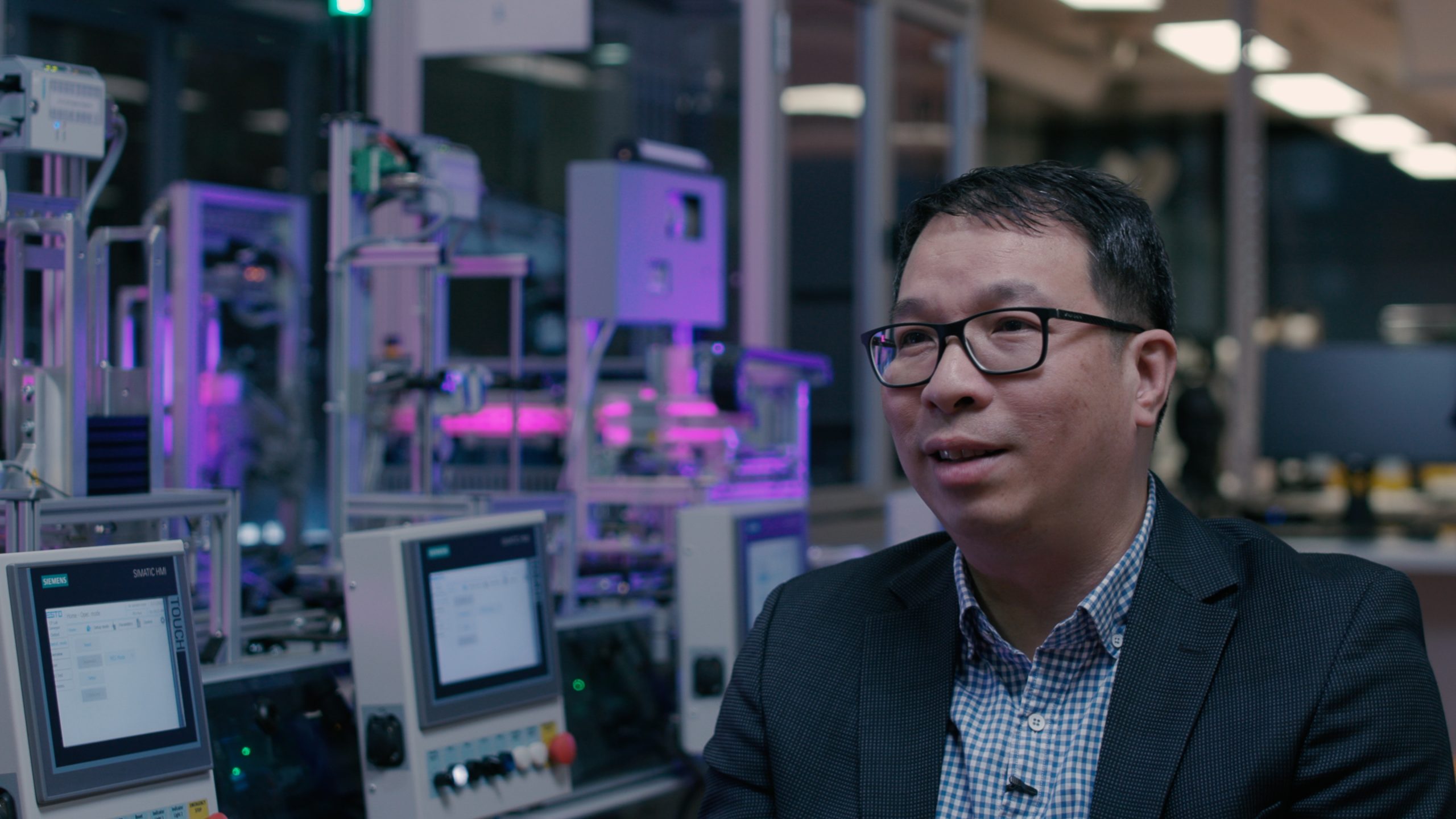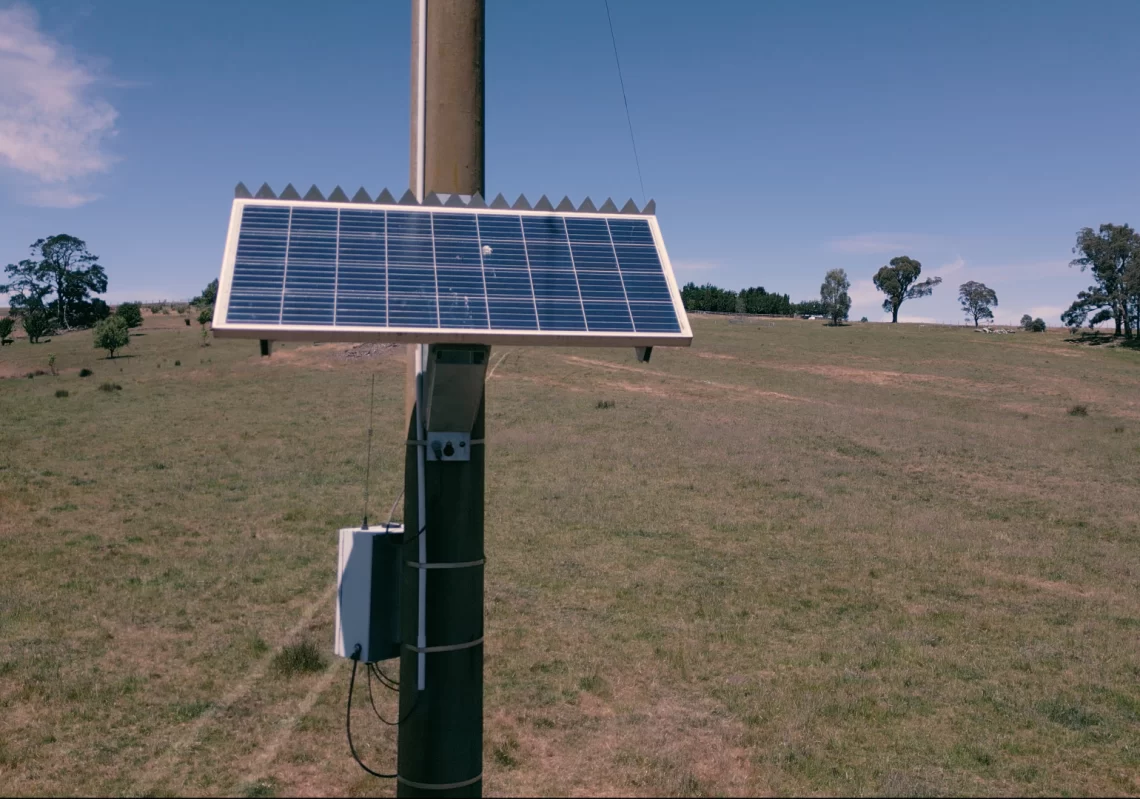An early fault detection system can help prevent bushfires, so why isn’t Australia using more of them? The electrical engineer who developed one such system explains how it’s been implemented across North America.
Imagine a world where bushfires do not run rampant across Australia’s national parks, threatening infrastructure and wildlife alike. Imagine instead a power distribution network where potentially hazardous faults are detected prior to electrical sparks causing surrounding bushland to catch fire.
One Australian electrical engineer’s solution – an early fault detection (EFD) system for power lines – has already been implemented here and abroad for some years.
Professor Alan Wong is CEO of IND Technology, which he founded in 2013 as a way of commercialising the patented technology.
“More than 25 utilities across the world currently use the product for either preventing fires started by power lines, or in general to improve the reliability of the power distribution system,” Wong told create.
“These companies include Pacific Gas and Electric Company, Southern California Edison, San Diego Gas and Electric in California; Portland General Electric in Oregon, PPL Electric Pennsylvania; and Fortis Alberta in Canada.”

Wong, who is part-time Professor in High Voltage Engineering at RMIT, said that although the technology also exists in Australia, its popularity in the States is due to the sheer volume of the power demand across the Pacific.
“Closer to home, companies using the system include Transgrid in NSW; AusNet Services in Victoria; Western Power in WA; and Energy Queensland,” he said. “But 95 per cent of our revenue is generated from the US and Canada; Pacific Gas and Electric Company alone serves around 18 million customers.
“These companies are massive and are among the largest utilities in the world. In fact, the revenue we earn from a single state in North America is equivalent to all of Australia.”
High-accuracy data
The system works by using radio frequency (RF) signals to ascertain the location of a failure in the network.
“Think of it as a passive listening device,” Wong said. “We install it on power poles every five to eight km, depending on the voltage rating of the power asset. The EFT device then picks up RF signals travelling along the power lines.
“By connecting the EFT devices deployed across the network, we can triangulate the origin of the RF signal down to an accuracy of 10 m.”
Wong said the RF signals are usually generated by failing equipment, such as tracking insulators, due to pollution or physical damage – but that’s not the only possible cause.
“It could be due to vegetation encroachments, such as when a tree is touching the power line, or an arcing transformer, and the list goes on.
“All of these defects are what we call early fault defects, but if they are not detected they could eventually cause an outage in the network. Our system is able to detect and locate these faults sometimes years before this happens.”
Powering up
Wong is no stranger to the world of engineering; he and his two siblings have all followed in their father’s footsteps.
“Everyone in my family is an engineer,” he explained. “My brother studied mechanical engineering and my sister is also an electrical engineer. My dad owned an electrical switchboard manufacturing business back in Malaysia, which led me to consider engineering as the field I wanted to work in.
“I did my PhD on ageing electrical assets in transmission distribution networks. I studied the electromagnetic characteristics from broken insulators. That built the foundation for the EFD system that we are selling all over the world right now.”
With the innovation having been around for relatively so long, what does Wong think of the flurry of recent coverage?
“We developed and commercialised the technology more than 10 years ago now,” Wong said. “So I think the press coverage is long overdue.
“The focus of the business across the next three years will be to expand further in the North America market. That market is so big, it would consume all of our resources.”
At the same time, he remains hopeful that more utility companies in Australia will embrace the technology.
Nicci de Ryk, Media Manager at AusNet Services, said that the company is trialling EFD technology on its networks in conjunction with Powercor, as part of the Victorian government’s Powerline Bushfire Safety Program.
“AusNet is also participating in other innovative trials which hold potential solutions for the SWER network,” de Ryk said. “We already have other initiatives in place to mitigate bushfire risk, such as rapid earth fault current limiter (REFCL) technology, insulated cables, remote controlled automatic circuit reclosers (ACRs), asset replacement programs, and the maintenance of prescribed clearances through our vegetation management program.”



